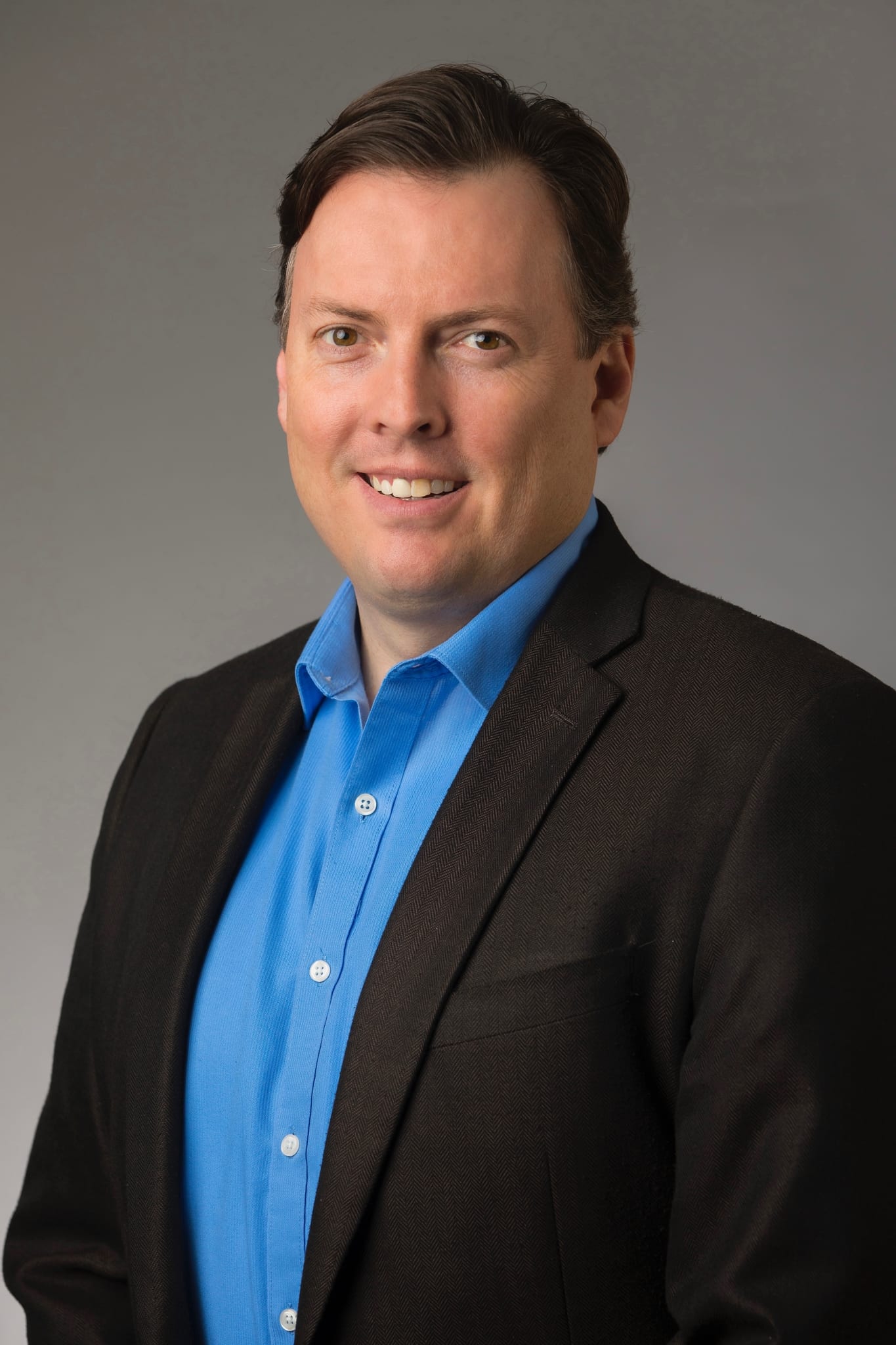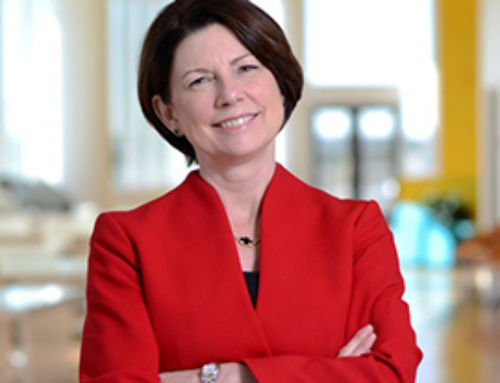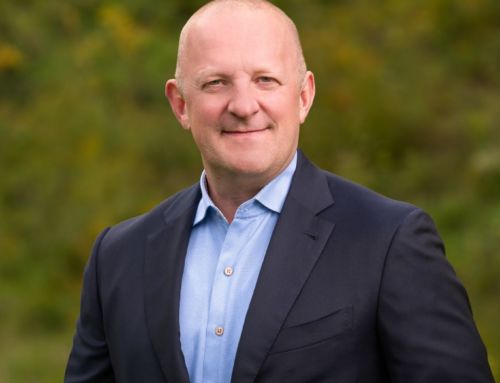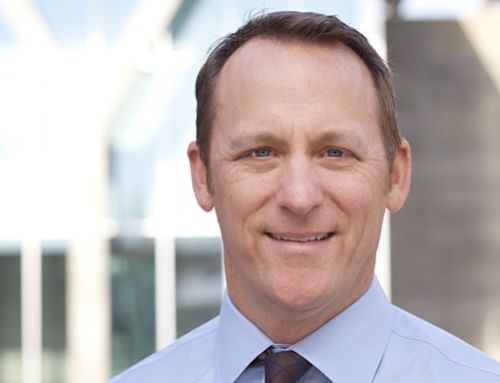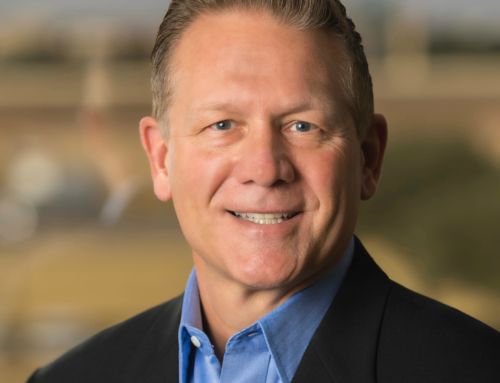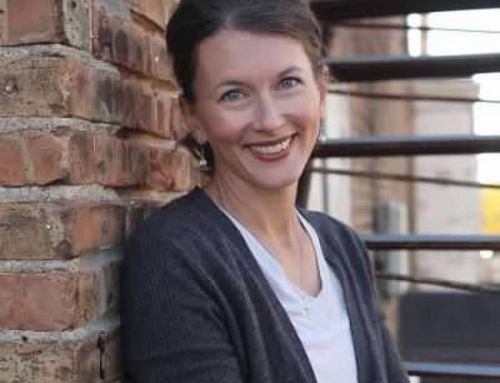BOB BUFORD is known for being the voice of a generation, a prolific author, speaker, and philanthropist whose immense and widespread contribution to business leadership, personal transformation, and the growth of the modern church cannot be measured. Bob’s book Halftime began a movement of an entire generation of successful business professionals transitioning to a LIFE OF EVEN GREATER SIGNIFICANCE and eventually to the creation of the Halftime Institute. Join us as we honor his legacy by exploring Bob Buford’s Top Ten Values over the course of the year.
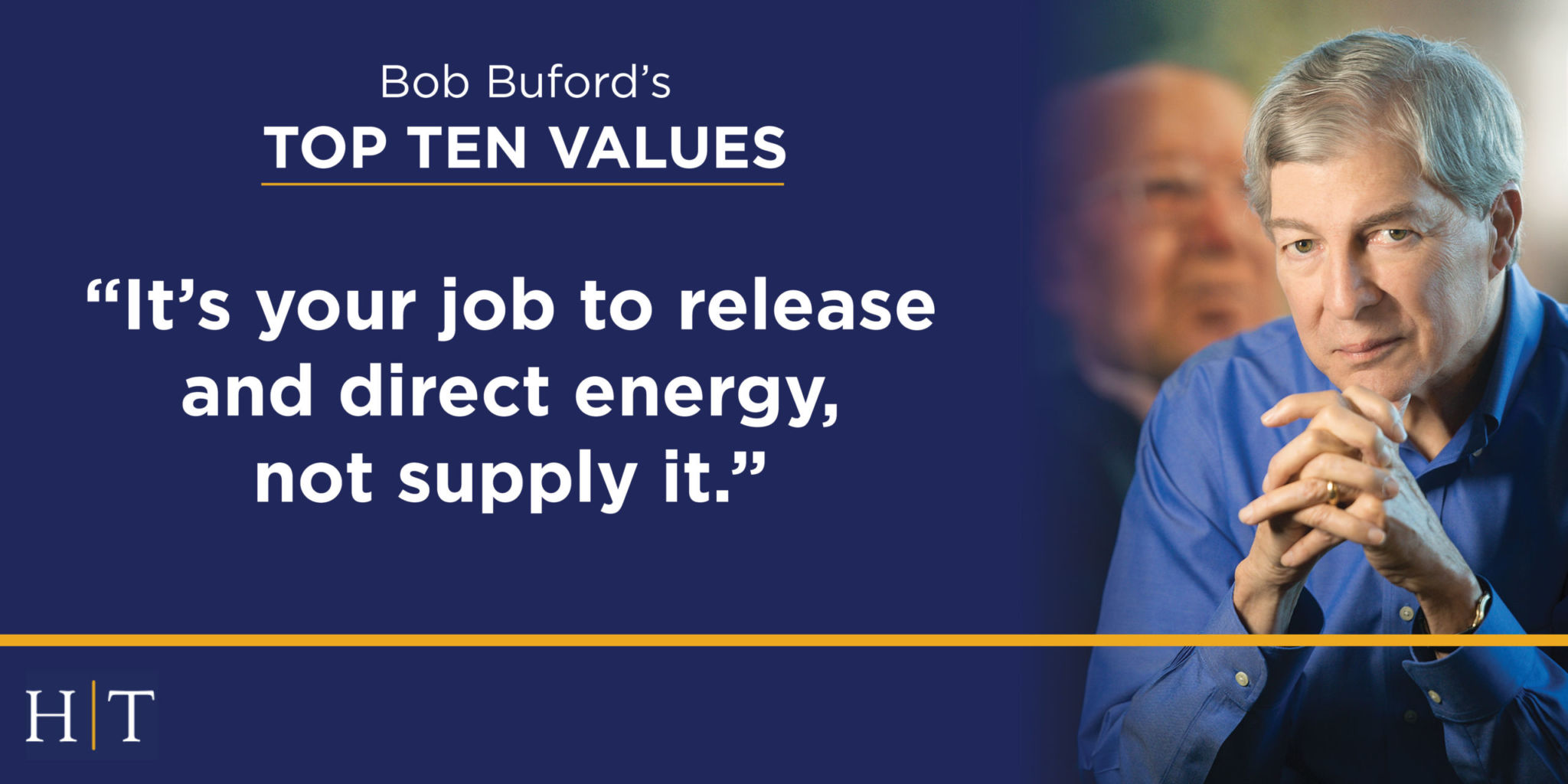
“It’s your job to release and direct energy, not supply it.”
-Bob Buford (1939-2018)
By: Paul McGinnis, Halftime Certified™ Coach
In the last two months it may seem for many of us that our normal ways of doing life and business have been flipped upside down. After a series of sprints requiring us to quickly adjust our routines and rhythms, it’s easy to feel as though we are running on fumes.
While our energy level is being depleted, the needs around us seem to be increasing. How will we find the time and resources required to meet the vast array of physical, economic, and emotional challenges generated by the current global crisis?
This question has hit particularly close to home for me during this season. As Vice President of Partnerships at VOMO, an engagement platform helping organizations do good with great people, I have had the opportunity to help lead our team in flexing our strategy to best respond.
Through the Be A Neighbor campaign, we are using the power of technology to make sure everyone and every organization in any community can connect with and mobilize the volunteers who will be needed to respond to the COVID-19 pandemic. By connecting others, we are able to have an exponential impact.
Mobilizing volunteers is one way of releasing and directing energy towards causes that need a helping hand now more than ever.
But what could it look like for you to release and direct energy in your own environment?
First, we must look at the risk we run if we go it alone, looking for the energy to engage from within.
As a Halftime Certified™ Coach, I often help leaders wrestle with the difference between being driven and being called.
Being driven results in maxed out schedules and leads to drain and discontent.
Being called results in operating out of your sweet spot in a way that is sustainable over the long run.
Looking to ourselves as primary suppliers of the energy necessary to make an impact for good can lead to a lack of joy, addiction to performance, and a breakneck pace that results in burnout. There has to be another way.
Below are three guidelines to remember as you seek to make a difference in the season ahead:
1. Releasing and directing energy requires focus.
A common saying around the Halftime Institute is “no margin, no mission.” We must be crystal clear on our calling in order to stay focused on what really matters. A lack of clarity often results in a lack of margin, as we become easily deterred by other entities that may not be the best use of our time or resources. Instead, having a personal mission statement can help you see your specific fit in furthering God’s kingdom and sift out opportunities better suited for others. What you are left with after funneling all options through your mission statement is your unique playing field for leveraged impact.
If you’re not sure exactly what your strengths are, or how to maximize them for strategic impact, we’d love to help you explore that with a Halftime CertifiedTM Coach. Learn how the Fellows Program and One on One Coaching can help equip you for impact.
2. Releasing and directing energy requires community.
This isn’t a time for rugged individualism. Time and time again, I’ve seen smart, high-achieving individuals tackle their calling the same way they attack a strategic project at work – putting their head down and simply outworking everyone else. Unfortunately, this isn’t a product to be launched or an initiative to create. It’s a deeply personal journey filled with a crazy mix of emotions and a variety of potholes and distractions that derail most people when they go it alone. Remember, the most successful halftime stories of significance are those that are lived, as Bob Buford said, “over time with others.” So, forget the John Wayne rugged cowboy approach!
Isolation is a trap that many fall into, hindering their potential for balance, impact and joy in their next season. Creating a Personal Board of Directors is an effective way to avoid the common pitfalls and a sense of isolation. For more information, I’ve written these resources on why and how to create a Board of Directors.
3. Releasing and directing energy requires trust.
If not from ourselves, where does the energy for kingdom impact ultimately come from?
1 Peter 4:11 instructs us that “if anyone serves, they should do so with the strength God provides, so that in all things God may be praised through Jesus Christ.” We can count on the Lord to provide us with the strength we need to serve him. We need not look strictly to what we can muster up alone. God is able to bless us abundantly, “so that in all things at all times, having all that you need, you will abound in every good work” (2 Corinthians 9:8).
Like the Israelites when they wandered through the wilderness, we may often only be able to think about energy for today and trust the Lord to provide just enough sustenance to make it to sundown.
Even in this unprecedented season, we can look to God for daily provision and trust that He is doing “immeasurably more” than all we could possibly ask or imagine, “according to his power that is at work within us” (Ephesians 3:20). It’s this truth that fuels us towards meeting the needs we see with compassion and joy.
Remember that you aren’t on this journey alone. We would love to be a resource for you as you seek to make a difference in the days ahead. Our Halftime Certified™ Coaches are trained to help you identify and maximize your unique strengths. You can learn more here or reach out to us directly.

